Zero visibility: Hiking blind up a mountaintop
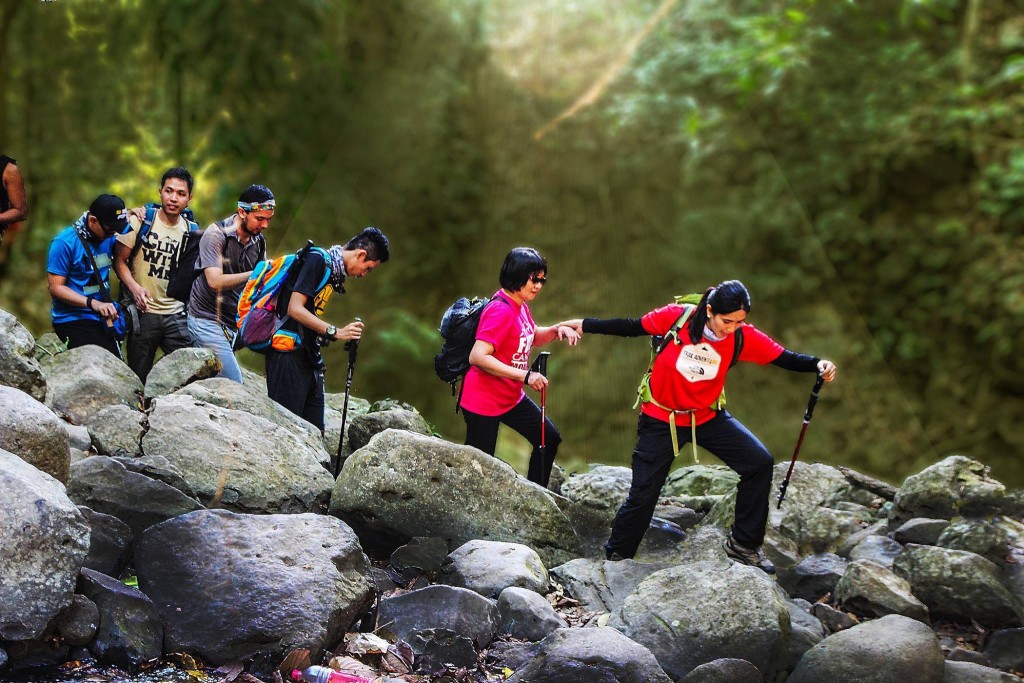
by Gideon Lasco
As a mountaineer and medical doctor, one of my advocacies has been to share the experience of the outdoors to others – especially to those who are in a position to inspire – and be inspired. More than a metaphor for life’s challenges, the mountain is a very real test of one’s body, mind, and spirit, and people can always gain something from the experience of climbing it and reaching for the peak. As William Blake once said: “Great things happen when men and mountains meet.”
In January 2016, together with Simon Adriano, an adventurer and documentary producer, I met with members of the Parent Advocates of Visually-Impaired Children (PAVIC) and Resources for the Blind Inc. (RBI) to discuss the idea of inviting youths with visual-impairment (which they customarily refer to as VIs) to climb a mountain. Our goals aligned: To open up for the youths a kind of activity that they probably never thought they can engage in, and to help fight stereotypes of PWDs as largely being helpless and mostly confined indoors. I was also interested in learning from the VIs what hiking can be without the sense of sight – which in our dominant ways of thinking is the “most privileged of the senses”.
We were pleasantly surprised that many VIs were excited about the activity, and we had seven sign-ups: together with Gerry Gonzalo, 48, a VI who had already climbed Mt. Batulao and Mt. Ulap. Eventually, “Tita” Baby Pasadas, a VI who works for the RBI, also decided to join. On the side of the mountaineers, guides from adventure company Trail Adventours, and individual hikers eagerly volunteered. Completing our team was Dr. Allan Larona, an ophthalmologist.
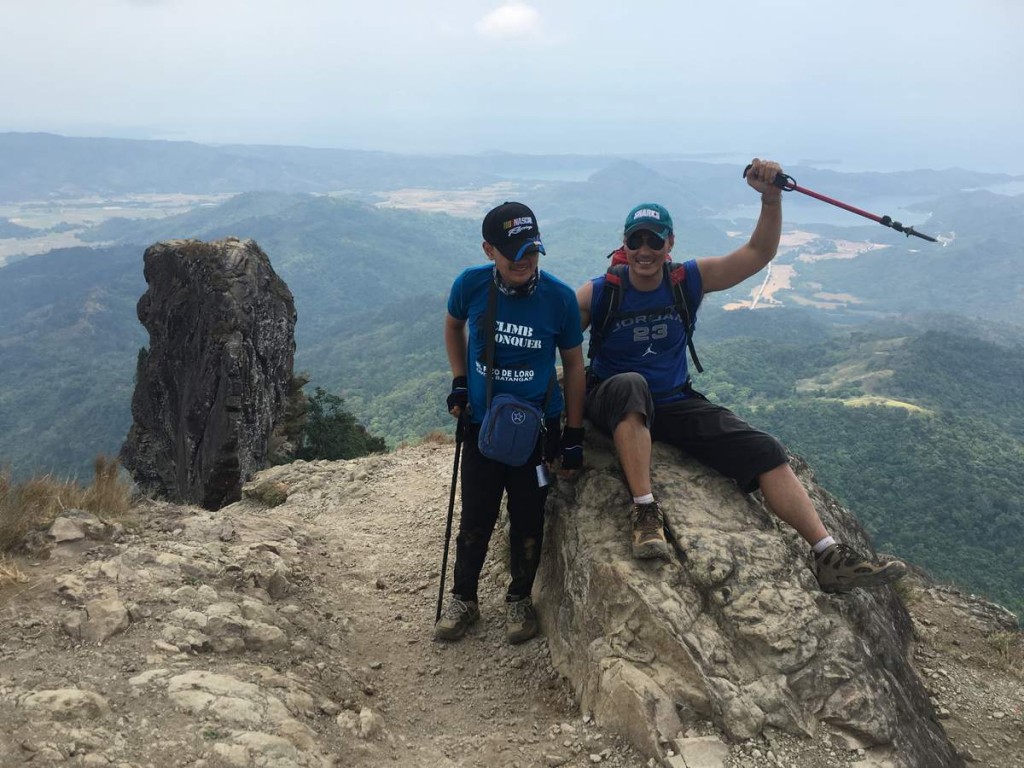
The preparation
The orientation had to work both ways: We mountaineers had to orient the VIs about fundamental outdoor principles like not leaving one’s trash, the importance of staying hydrated, and so on. But we also had to be oriented about how to guide the VIs. The VIs, we learned, would hold your back or your arm with their non-dominant hand and with the other hand they would use a trekking pole to give them an idea about the surfaces you were trekking through. If the trail is narrow, you can say “in” so they will walk behind you, or “out” if it’s wide enough for them to walk beside you.
We learned that you cannot simply say, “There’s a bird!” because they wouldn’t know where you’re gesturing to. So you have to say “There’s a bird at 9 o’clock, about 20 meters away”. Also, you need to vividly describe the trail – not just so they can walk safely and properly, but also so they can have an idea of what your surroundings look like. In a way, you’re not just guiding them on the trail, you’re also guiding their imagination.
Moreover, the VIs should not be treated patronizingly. “It’s very important to respect their autonomy. They are not helpless. They will ask for your assistance if they need it,” as Tita Baby said.
After factoring in the participants’ backgrounds and physical fitness, we decided to go for the challenge of hiking up Pico de Loro, at 664 meters the highest point in Cavite: easy enough to do in a day but hard enough to pose a challenge to any first-timer, blind or sighted.
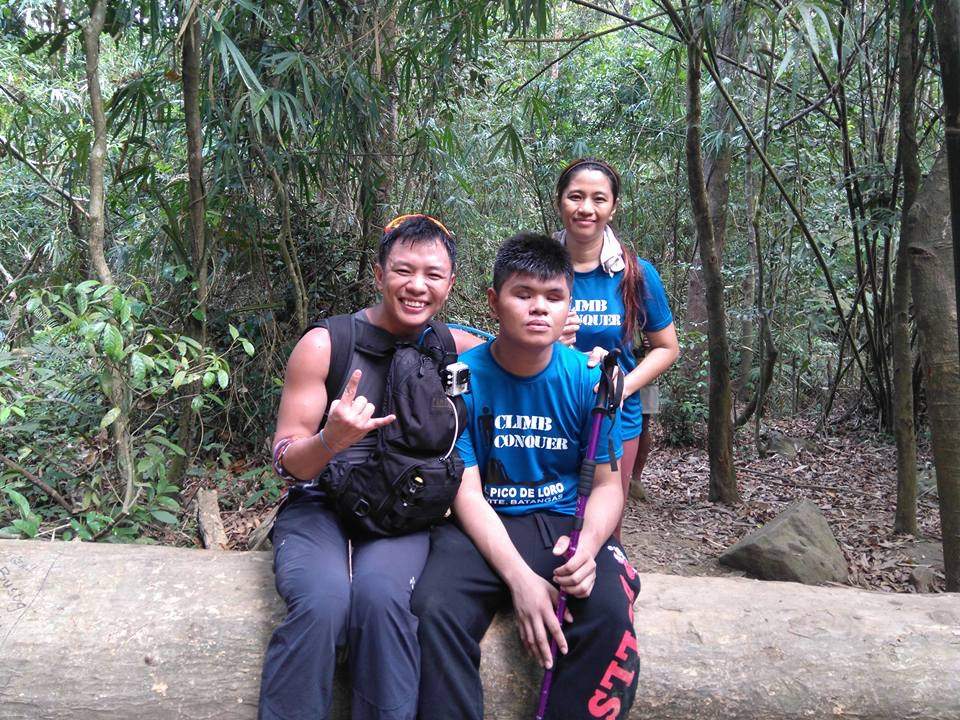
The hike
The team assembled at the trailhead in Maragondon early on Thursday, April 28, and the VIs were paired with their guides. My hiking buddy was 14-year old Jerald Polintan, who had travelled all the way from Santiago, Isabela together with his father to join the activity. A week before, his mother Belinda had written me to say that Jerald was “a bit shy” but “very eager” to join the activity, adding that Jerald loves to take pictures. Later, as we started trekking and talking, I would learn that the incoming Grade 8 student was also eager to try sports and physical activities like running. His motto? “Dream big…nothing is impossible”.
Through the years, I I have learned that the hiking trail is the best “way” to get to know people, since you get to walk (and talk) the whole time. During the hike, we got acquainted with the other VIs – each with their own unique personality. From their parents, we learned of the struggles of coping with their children’s disability but at the same time their resolve to make their kids live as full a life as possible. Their everyday struggles made me realise even more the importance of creating a PWD-friendly environment in our towns and cities, as well as the crucial role of screening for preventable vision-threatening illnesses early in childhood.
Erik Weihenmayer, the first and only blind person to climb Everest, once said: “Mountain climbing is a blind person’s nightmare.” Unlike city sidewalks where you can predict the each step, in the mountains, every step is different: the terrain, the incline, and the many obstacles. But Jerald proved to be very intuitive in adjusting to the different kinds of trail we walked through, and as we went higher, I needed fewer words to guide him, allowing us to talk about other things – like his interest in computers and my hiking adventures.
Even so, the hike was not easy, and Jerald – like any other first-timer – started to ask about how many more hours or minutes it will take before we reach the peak (the surest sign of a hiker’s fatigue). And like any other mountaineer, I found myself reassuring him with words like “It’s not so far!” and “We’re getting closer!” When he realised that we were actually ahead of the other pairs, his competitive spirit was stirred, giving him the final push for us to reach the top, after just 3 hours and 30 minutes.
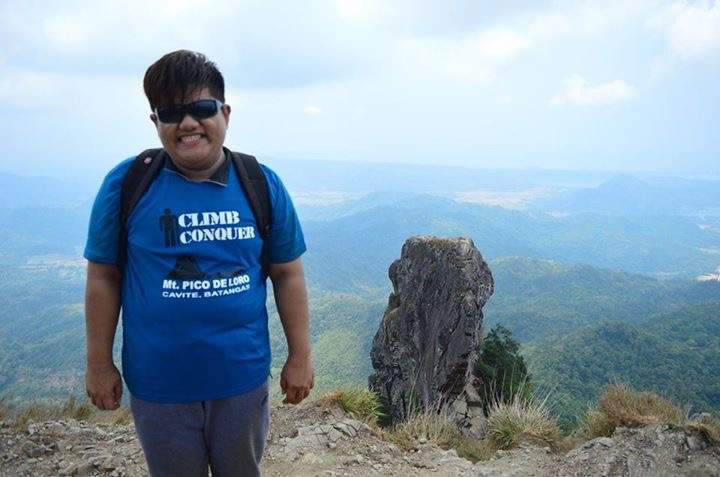
The summit
Jerald was delighted to reach the summit and I described to him the ‘Monolith’: the rocky spire that serves as Pico de Loro’s famous landmark – and how it formed the beak of what looked like a parrot from the old sailors’ vantage point (hence the name Pico de Loro, meaning “parrot’s peak”). He was very tired but still eager to hear more about the mountain.
There was much joy at the top when the other pairs started arriving. Memorably, Mark, 17, declared: Kahit mataba ako, kaya kong umakyat ng bundok!” (Even if I’m fat, I can climb a mountain!). The parents who had accompanied their kids were also thrilled at reaching the summit, as it was also the first time for many of them. Like any other hike, soon came the picture-taking, which commenced as soon as Tita Baby – the 8th VI to reach the summit – arrived.
We were already on the way down when Timothy, the 9th VI, suddenly appeared with his guide Daryl: they were actually still making their way up the summit! Timothy was visibly struggling but you could sense his determination and he crawled his way up the top with bursts of strength – and many words of encouragement from his guide.
When he reached the summit, people who witnessed his ascent were moved to tears, marvelling at the power of the human spirit to keep going and overcome limitations.
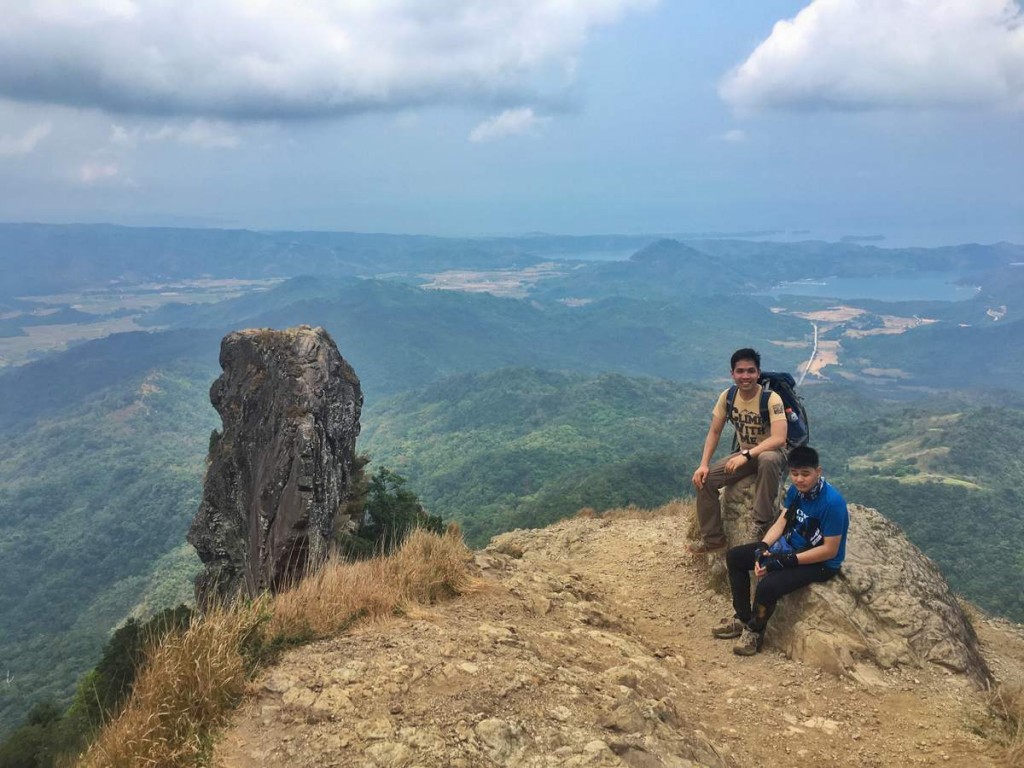
The return
“Is going down easier than going up?” Jerald asked me. I told him that some people find it harder, others find it easier, but generally, the descent is easier when the slope is gentler, and harder if the slope is more inclined. The first part of the descent haxppened to be very inclined with nothing to hold on to, so I braced for a challenge. To my surprise, however, Jerald did very well, and I realised that being blind, his sense of balance was much better than the sighted hiker, since he has to rely solely on proprioception (feeling one’s body). Also, as his father explained, he does not have to worry about the “lula” or the vertigo induced by heights.
That was not the only time I was amazed by the VIs’ abilities. Once, when we were resting on the trail, young Stephen correctly identified how many of us were there; and Jerald himself was very sensitive in detecting the subtle changes in the trail and in the weather. Having focused on our sense of sight, I guess we have not learned to develop our other senses to their fullest potential.
The rest of the hike went smoothly, and I didn’t have to tell Jerald that we were almost done, as he heard the river that signalled the end of the trail way before I did. By the time the sun had set, everyone was safely back in the DENR station, and in the end we took just the same time it would have taken had we been guiding sighted hikers.
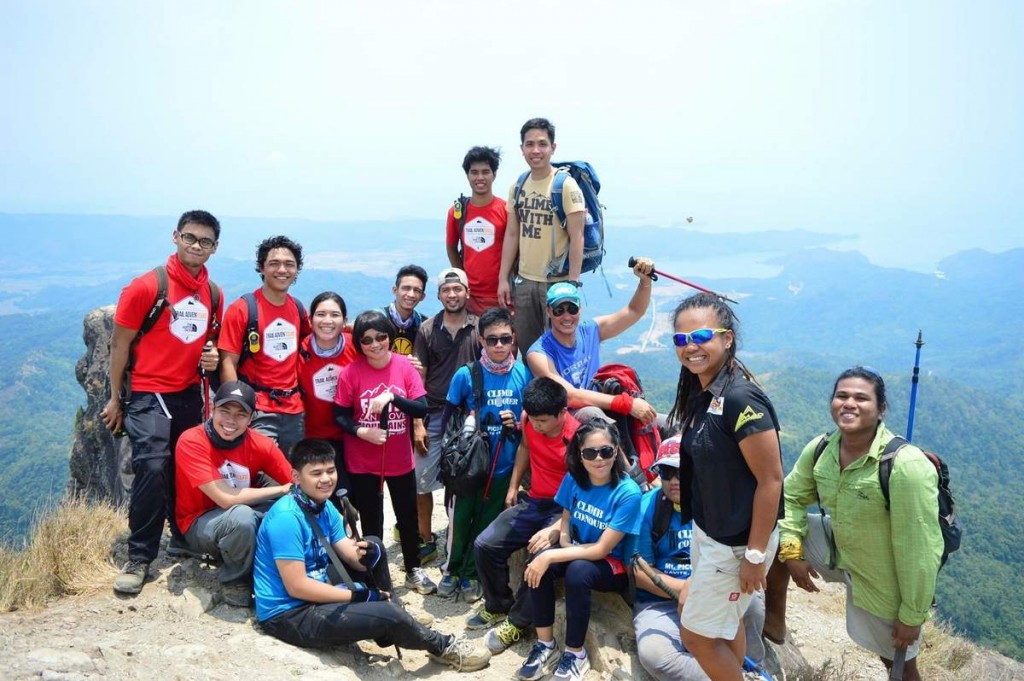
Lessons learned
Some people ask me: “What’s the point of climbing the mountain when you can’t see the view?” But as our newfound friends showed during the hike, the mountain is more than a place with scenery; the forest has its music; the trail changes textures, and the wind and the sun gives different sensations to the body – they acutely felt all of these things. “I liked it how the cicadas gave way to the birds as we went higher,” Tita Baby remarked when we were at the summit. Hikers often say “zero visibility” to describe a summit without the expected beautiful views, but there is actually so much that we are taking for granted. This is a sobering reminder in our age of Instagram that we do have other senses, and if we engage them, we can have a deeper appreciation of the things we do, the places we visit, and the people we interact with.
To be honest, I initially thought it would be a much harder task to guide a person who is blind up a mountain. But as Jerald taught me, it was actually attainable. All it takes for a person who is blind to climb a mountain is for person who is sighted to be willing to guide them. This is a reminder for us that we cannot look at people as “disabled” – we have to look beyond their disability and work with them so they can maximize their abilities. And by extension, we too cannot look at ourselves as limited: we have to do our best – and help each other – to overcome our limitations.
For truly, the outdoors, like life itself, is for everyone. And there is so much that we can experience in this world even with zero visibility.
Manila
May 2016

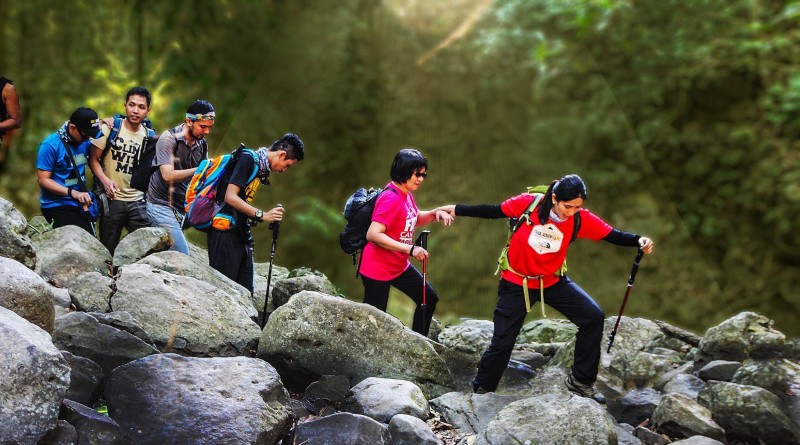

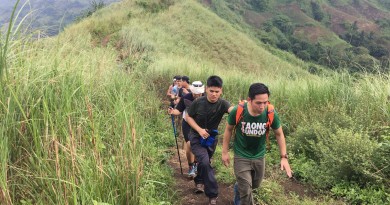
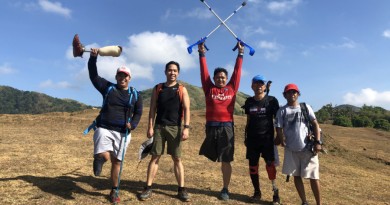
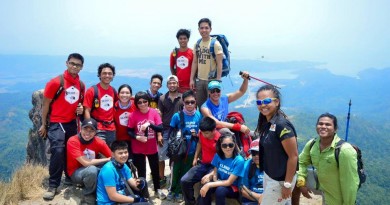
Leave a Reply
Be the First to Comment!